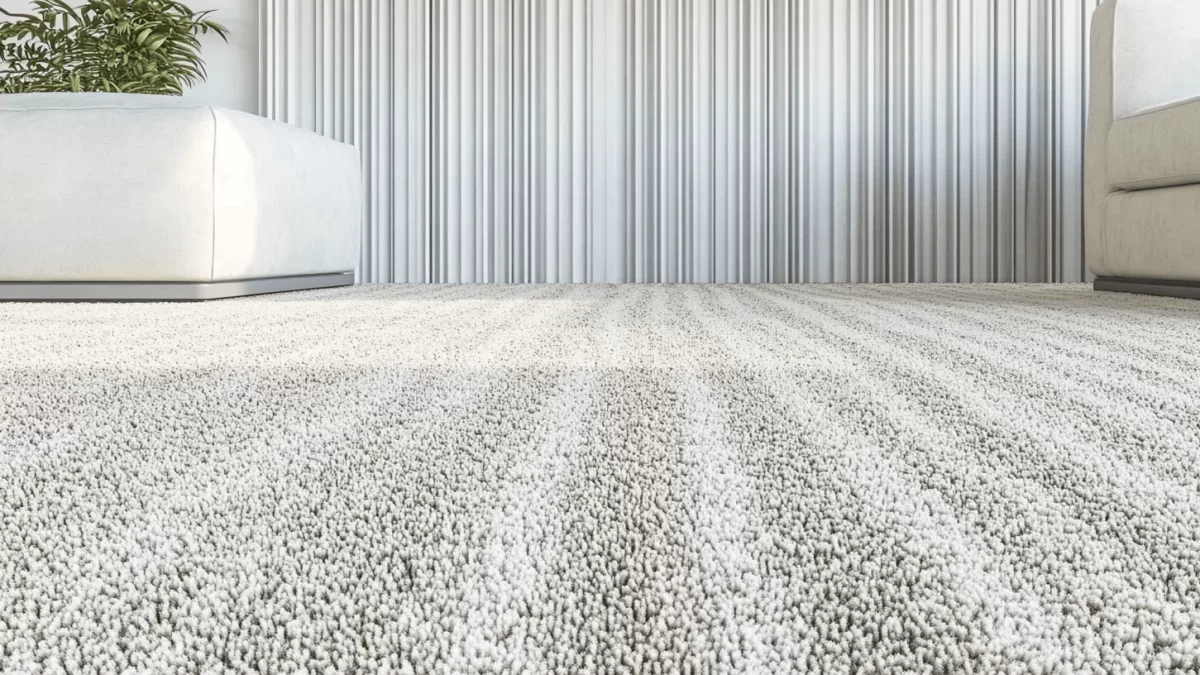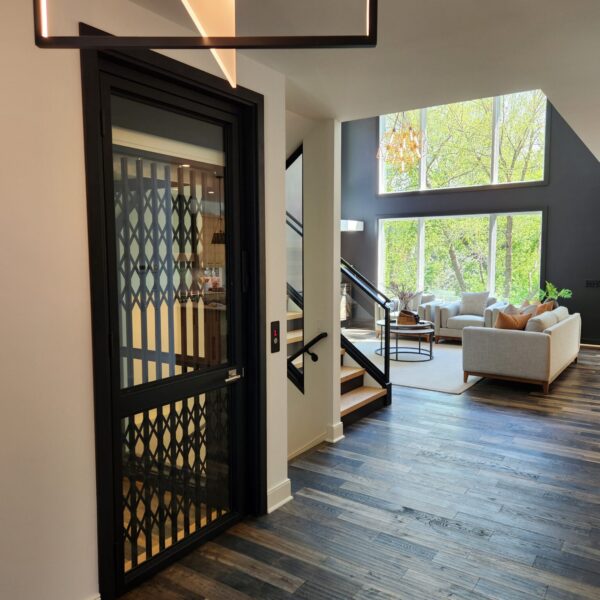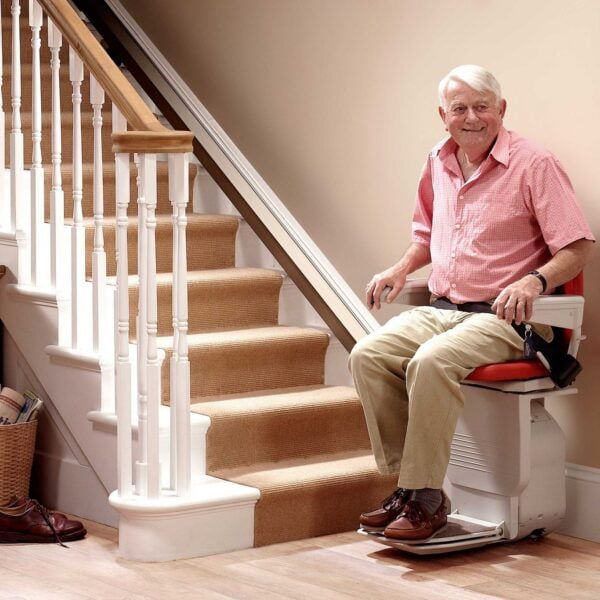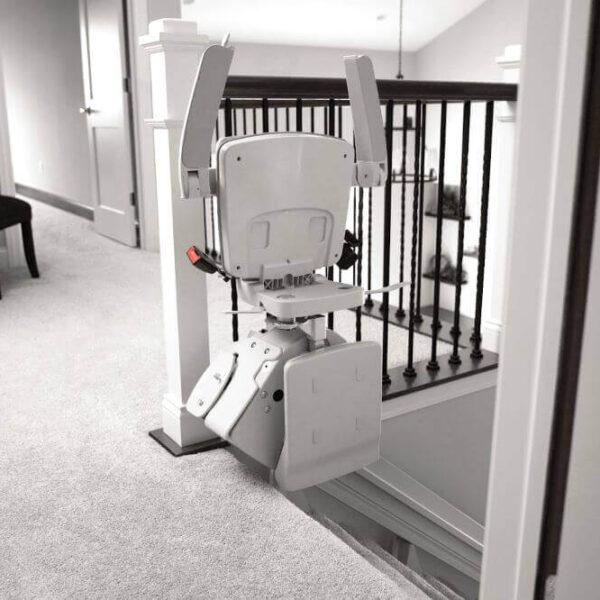Choosing the right flooring is one of the most important decisions when designing a safe and stylish home. For individuals with mobility challenges, seniors, or those planning to age in place, accessible flooring can make a significant difference in daily living. The right flooring not only prevents slips and falls but also enhances the aesthetic appeal of your space. Fortunately, modern flooring options have evolved to include a variety of slip-resistant and stylish solutions that cater to both safety and design needs. This guide explores the best flooring options for creating an accessible, slip-resistant, and visually appealing home.
The Importance of Accessible Flooring
When it comes to creating a safe and functional home, flooring plays a pivotal role. Here’s why accessible flooring is essential:
- Reducing Fall Risks: Slippery surfaces are a significant hazard, particularly for seniors and individuals with limited mobility. Accessible flooring, with its slip-resistant surfaces and sturdy materials, provides a sense of relief and minimizes this risk, offering peace of mind.
- Enhancing Mobility: Smooth, even floors make it easier for wheelchairs, walkers, and other mobility aids to move around without resistance, providing a sense of freedom and empowerment.
- Increasing Comfort: Certain flooring materials can provide cushioning underfoot, reducing strain on joints and muscles and promoting a sense of ease and comfort.
- Supporting Independence: A well-designed floor allows individuals to navigate their homes safely and confidently, promoting independence.
Homeowners can create functional and beautiful spaces by focusing on flooring that combines safety with aesthetics.
Top Slip-Resistant Flooring Options
There are numerous flooring materials available that balance safety with style. Below are some of the best slip-resistant options for accessible homes:
- Vinyl Flooring:
- Why It Works: Vinyl is one of the most popular choices for accessible homes. It is water-resistant, easy to clean, and available in slip-resistant finishes. Additionally, vinyl is durable and can handle high foot traffic.
- Style Factor: Vinyl comes in a wide range of colors, patterns, and textures, including wood and stone finishes, allowing you to achieve almost any look.
- Cork Flooring:
- Why It Works: Cork is a natural, eco-friendly material with excellent slip-resistant properties. Its cushioned surface absorbs impact, making it a comfortable option for walking or standing.
- Style Factor: Cork flooring is available in various earthy tones and patterns, offering a warm, organic aesthetic that complements modern or traditional interiors.
- Rubber Flooring:
- Why It Works: Rubber flooring is inherently slip-resistant and shock-absorbent, making it ideal for areas prone to moisture, such as bathrooms and kitchens. It also provides excellent traction for wheelchairs and walkers.
- Style Factor: Modern rubber flooring is available in sleek, contemporary designs and various colors, from neutral tones to bold accents.
- Textured Tile Flooring:
- Why It Works: Porcelain and ceramic tiles with textured surfaces provide excellent grip, even when wet. Look for tiles with a high slip-resistance rating (a COF value of 0.6 or higher).
- Style Factor: Tiles are highly versatile, with endless options in size, color, and patterns to create everything from a classic to a modern look.
- Carpet Tiles:
- Why It Works: Carpet tiles with low piles and dense fibers offer a soft, slip-resistant surface that reduces the impact of falls. They are also easy to replace if damaged.
- Style Factor: Carpet tiles, available in various patterns, colors, and textures, can add warmth and coziness to your space.
Flooring for Specific Rooms
Different home areas require tailored flooring solutions to meet safety and design needs. Here are some recommendations for specific rooms and how to choose the right flooring for them:
- Bathrooms:
- Ideal Choices: Textured porcelain tiles, vinyl planks, and rubber flooring.
- Why: Bathrooms are moisture-prone, so slip-resistant and water-resistant materials are essential. Additions like grout with extra grip or anti-slip mats can enhance safety.
- Kitchens:
- Ideal Choices: Vinyl, cork, and rubber flooring.
- Why: Kitchens see heavy foot traffic and spills. Flooring in this area should be durable, easy to clean, and provide excellent traction.
- Living Rooms:
- Ideal Choices: Cork, carpet tiles, and textured vinyl.
- Why: These materials balance comfort and safety while creating a welcoming atmosphere.
- Bedrooms:
- Ideal Choices: Low-pile carpet or cork flooring.
- Why: Bedrooms benefit from softer surfaces that provide comfort and warmth, reducing the risk of injury during nighttime movements.
- Hallways and Stairs:
- Ideal Choices: Textured tile, low-pile carpet, or vinyl.
- Why: These high-traffic areas need slip-resistant materials. Stairs, in particular, require strong traction and visible edge markings to prevent falls.
Balancing Style and Functionality
Safety doesn’t have to come at the cost of aesthetics. Here’s how to ensure your accessible flooring enhances the overall design of your home:
- Choose Neutral Base Colors: Neutral tones like gray, beige, or warm wood finishes work well with various design styles and make your space feel cohesive.
- Add Visual Interest with Patterns: Consider flooring with subtle patterns or textures to create depth and dimension without overwhelming the space.
- Use Area Rugs Strategically: Non-slip area rugs can add warmth and style to a room while enhancing safety. Opt for rugs with rubber backing to prevent movement.
- Incorporate Transitions: Use smooth transition strips between different flooring types to create a seamless look and eliminate tripping hazards.
Maintenance Tips for Accessible Flooring
How to Test the Slip-Resistance of Flooring Options
- Clean Regularly: Dust, dirt, and spills can create slippery conditions. Sweep and mop your floors regularly to maintain a safe surface.
- Inspect for Damage: Check for cracks, warping, or loose tiles that could become a tripping hazard, and repair them promptly.
- Use Non-Slip Treatments: For certain materials, like tiles, consider applying a non-slip coating to enhance traction.
- Protect High-Traffic Areas: To extend the life of your flooring, use floor mats or protective coverings in areas that see heavy use.
- Follow Manufacturer Guidelines: Always use cleaning products and methods recommended by the flooring manufacturer to prevent damage.
Regarding accessible flooring, safety, and style go hand in hand. With a wide range of slip-resistant materials available—from vinyl and cork to rubber and textured tiles—you can create a home that meets your mobility needs without sacrificing design. By choosing the right flooring for each room, prioritizing maintenance, and incorporating thoughtful design elements, you can enjoy a functional and beautiful space. Accessible flooring is not just a practical investment; it’s a step toward creating a safe, comfortable, and welcoming home for everyone.

Introducing Jeff Cates, the visionary Founder and Owner of CAPS Remodeling. After experiencing a profound personal event involving his son in 2007, Jeff was inspired to serve a higher purpose: to create safer, more comfortable, and independent living conditions for the elderly and disabled by modifying their current homes. Jeff’s deep-seated religious beliefs form the moral compass that steers CAPS daily operations. Apart from his unwavering dedication to his work, Jeff finds joy in boating and cherishing moments with his family.






